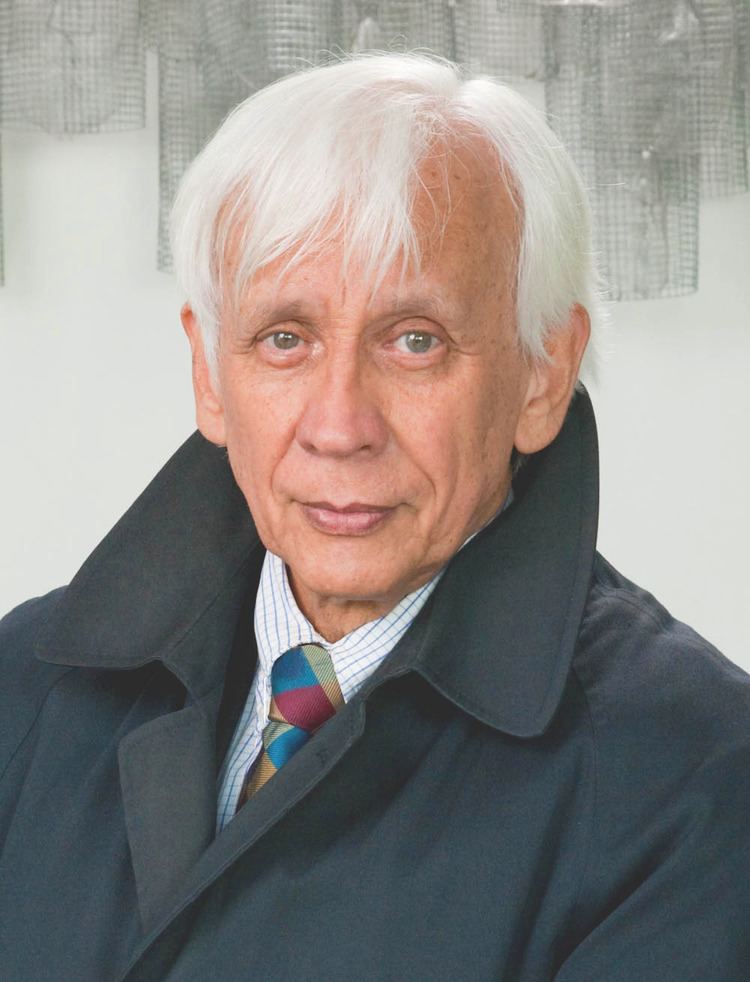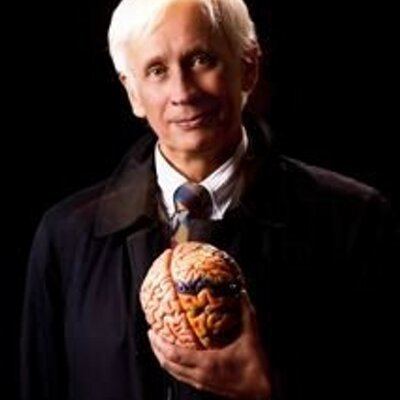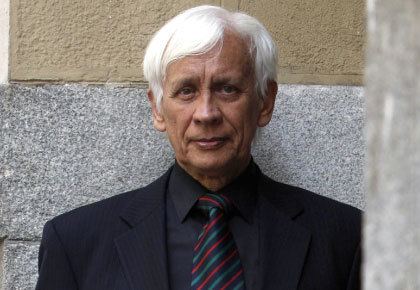Name Rodolfo Llinas | Role Professor Fields Neuroscience | |
 | ||
Born 16 December 1934Bogota, Colombia ( 1934-12-16 ) Residence New York City, New York, United States Known for Physiology of the cerebellum, the thalamus, Thalamocortical dysrhythmia as well as for his pioneering work on the inferior olive, on the squid giant synapse and on human magnetoencephalography (MEG) Books I of the Vortex, Thalamic Oscillations and Signaling, The Squid Giant Synapse: A Model for Chemical Transmission People also search for Patricia Churchland, Edward G. Jones, Manuel Elkin Patarroyo, John I. Hubbard | ||
Institutions NYU School of Medicine | ||
Rodolfo llin s on tsn enter the i of the vortex
Rodolfo R. Llinás (Bogota, Colombia 16 December 1934) is a Colombian American neuroscientist. He is currently the Thomas and Suzanne Murphy Professor of Neuroscience and Chairman Emmeritus of the department of Physiology & Neuroscience at the NYU School of Medicine. He attended the Gimnasio Moderno school and received his MD from the Universidad Javeriana, Bogotá in 1959 and his PhD in 1965 from the Australian National University working under Sir John Eccles. Llinás has published over 500 scientific articles.
Contents
- Rodolfo llin s on tsn enter the i of the vortex
- Rodolfo llin s padre de la neurociencia en di logos
- Early life
- Work
- Contributions
- Memberships and Honors
- References

Rodolfo llin s padre de la neurociencia en di logos
Early life
Llinás was born in Bogotá, Colombia. He went to the Gimnasio Moderno school in Bogotá and graduated as a medical doctor from the Pontifical Xavierian University. Llinás is an atheist and describes himself as a logical positivist.
Work

He has studied the electrophysiology of single neurons in the cerebellum, the thalamus, the cerebral cortex, the entorhinal cortex, the hippocampus, the vestibular system, the inferior olive and the spinal cord. He has studied synaptic transmitter release in the squid giant synapse. He has studied human brain function using magnetoencephalography (MEG) on the basis of which he introduced the concept of Thalamocortical dysrhythmia.
Contributions
Llinás has written that the brain evolved because organisms needed to move around in a coordinated manner.

Further contributions include:

Memberships and Honors

Llinás is a member of the United States National Academy of Sciences (1986), the American Academy of Arts and Sciences (1996), American Philosophical Society (1996), the Real Academia Nacional de Medicina (Spain) (1996) and the French Academy of Science (2002). Dr. Llinás has received honorary degrees from the following universities:
He was the chairman of NASA/Neurolab Science Working Group and in 2013, the NYU Neuroscience Institute created the Annual Rodolfo Llinás Lecture Series in recognition of his contributions to the field of neuroscience.
